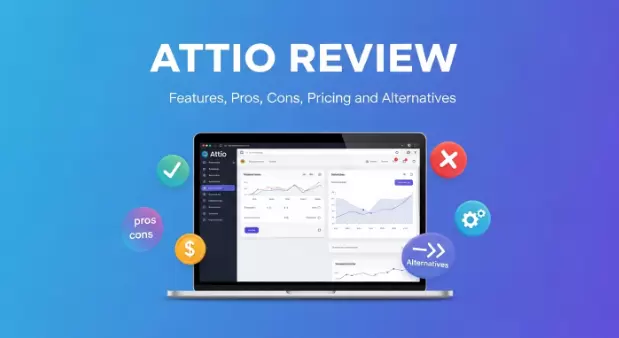Being noted is not easy for new businesses, regardless of their size and niche, and staying on the radar is a challenge even for well-known, global brands. It’s not simple to build a long-term trust relationship with customers while attracting new ones, especially when you need to keep all of them satisfied at the same time. And there is where PR strategies come in handy.
There is a sea of options today for effective internal or external communication with your target audience, from social media to newsletters, press releases, blogs, websites, YouTube videos, and the list goes on. But if these pages are not properly fed with high-quality content, if you don’t have a coherent brand identity, or if you don’t provide effective customer support, all the company’s efforts can go down the drain.
More than being aware of what’s going on within your industry and what competitors are doing, the most important practice is planning strategies in an organized timeline. You don’t want your brand to be seen as an amateur by future or current clients. To get off on the right foot, the main PR strategies are:
Know your target audience
Before creating any content, regardless of the company’s segment and size, the first step is knowing your audience. Who is your target audience? What is their age? This information will help with how you should talk to them. What do they consume and look for on the internet? Which social media platforms do they use more? These details will direct you to find the ideal periodicity and post formats.
In communications, success is not based on when we talk, but how we talk. You’ve probably noticed before that the way you chat with a kid is different from your tone in a meeting with adults or elderly people. With PR, it is not so different. Analyzing the writing and design style while creating newsletters, social media posts, and website content will allow your company to talk to the “right person”.
Invest in social media
According to Global Statistics, Canadians have taken to social media like never before, spending about 1.46 hours on social media daily. This year, the number of social media users has increased to 32.2 million across the country. Moreover, the people of Canada are gradually switching from desktop to mobile devices like smartphones or tablets. 30.65 million are using social media via mobile devices.
Your target audience is probably spread out across TikTok, Twitter, Instagram, Linkedin, and others, so you need to be there to reach everyone through quality content (Q&A, surveys, reels, and new tools) to increase engagement. Social media algorithms are smart and know how to qualify your posts based on engagement rates. A good support channel is also important on these pages since many followers send complaints, questions, or suggestions on social media.
Build trust and a respectful relationship with journalists
Knowing a reporter's editorial line before sending each press release or story idea will avoid spending their time unnecessarily. A good step is thinking like a reporter. To write a relevant and informative press release, it's important to be unbiased, mentioning facts without sounding like an advertisement. Once they know you're neutral and can help with future stories, chances are high they will come back and get you mentioned in the future.
Think local
To approach people organically, especially for new companies, an effective strategy is becoming a local reference since people prefer the convenience of investing in quality products or services in the city where they live.
Thinking about press releases, creating a local and complete mailing to catch the reporters' attention when you have a story tip is a good way of building a healthy relationship with producers and reporters. The focus is to become a reference in your industry and be a trusted, unbiased source when they need one.
If the company wants to try a marketing strategy with a digital influencer by investing in paid posts, it will probably be more affordable to partner with a local and smaller one. Although local influencers may not have a nationwide reach, they can provide you with higher engagement rates and are known by locals.
For newsletters, blogs, website content, or social media posts, thinking local is also the best approach for consistent and healthy growth. The closer consumers feel to the brand and see it as something viable to invest in, the closer the company-customer relationship gets.
It’s common to find companies concerned about the number of followers on social media, coming up even with sweepstakes to increase their following at all costs. This strategy is not effective since many people uninterested in your product will be just momentarily attracted to your page. Having conversions in mind, it’s better to have 500 followers organically interested in your service than 10,000 random users who started to follow your page for another reason.
What are your differentials?
What differentiates your company from others in the same industry? It’s important to emphasize that on all communications channels the company may have.
Since founders, CEOs, and managers always think their product is more special than it actually is, it’s important to evaluate some aspects, such as why this product or service is special, why is different from others that already exist, how it will add to everyone's lives (price, ideology, technology, etc.)
If you’re not seen, you’re not remembered, and that couldn’t be truer these days. To be noticed and achieve constant attention from potential or current consumers, it is essential to be present where people are, generating high-quality content and appealing design.


 Table of Content
Table of Content










